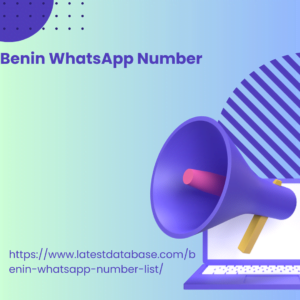|
Next comes an index of the protocol and its version (HTTP/1.1). The second line contains the domain of the requested URL. Sending an HTTP response by the server After the host computer receives the HTTP request, it sends a response to the client that includes content and metadata. The HTTP response begins in much the same way as the request: " HTTP/1.1 200 OK ." The protocol version comes first, followed by a number that represents the HTTP status code (200). It indicates that the required document has been retrieved.
Next comes one more element - headings.l Benin WhatsApp Number information and displays content better. Almost all requests contain the following types of headers: "Content-Type: text/html; charset=UTF-8"; "Content-Length: 208". With the first option, the browser understands what type of document it will receive. The most common usage on the Internet is text/html, since all web pages are HTML text files. However, there are other varieties, for example, images, videos, scripts, etc. The second option indicates the length of the document in bytes.

This allows the browser to understand how long it takes to download a file. In addition to code 200, if the web page loading process has achieved its goal, other statuses apply: 201 Created . Indicates that the request was successful and the resource was generated. This status is used to confirm the success of a PUT or POST request. 300 Moved Permanently . Indicates that the URL of the resource you are looking for has been permanently changed. 400 Bad Request .
|